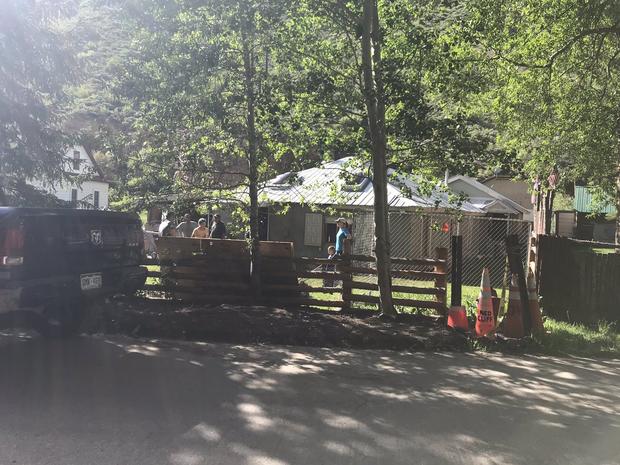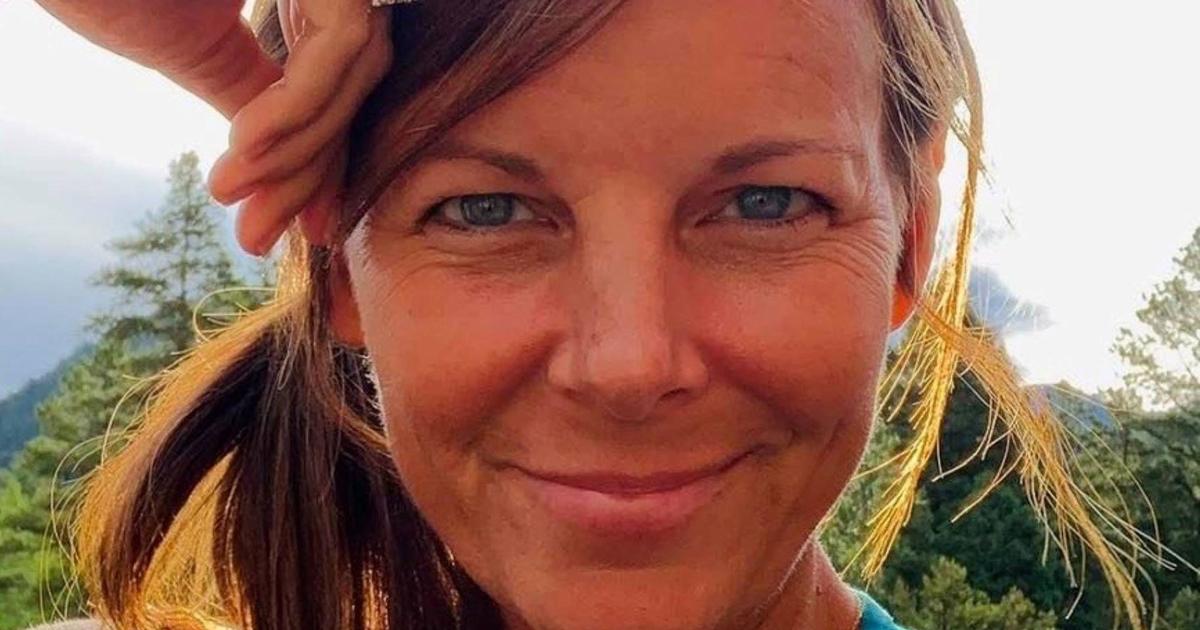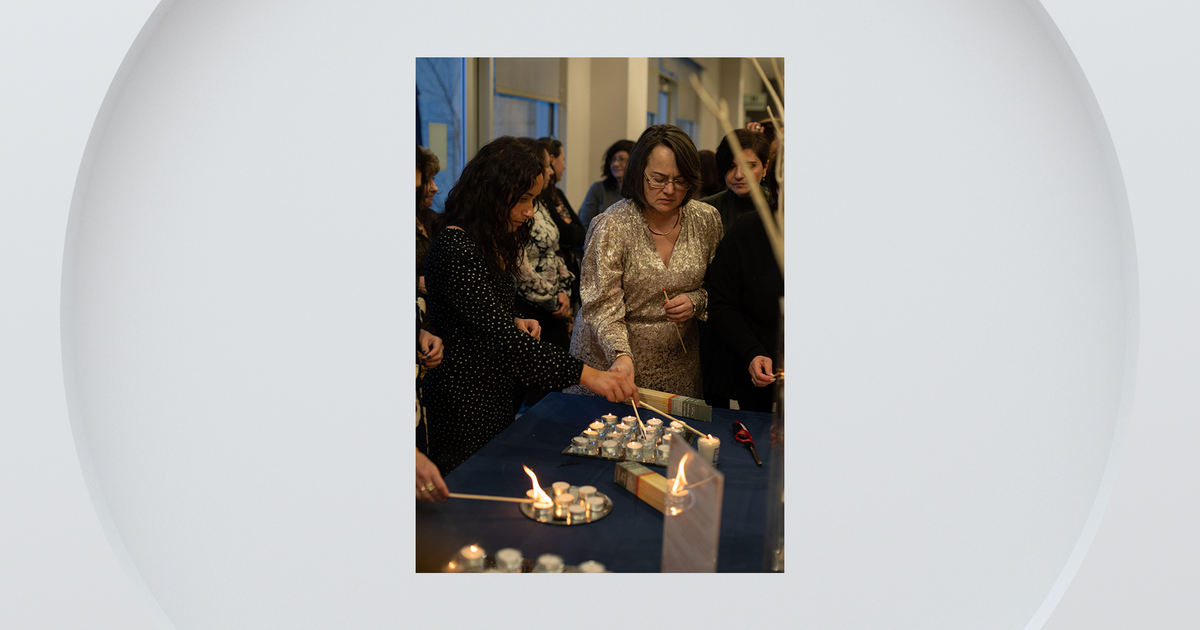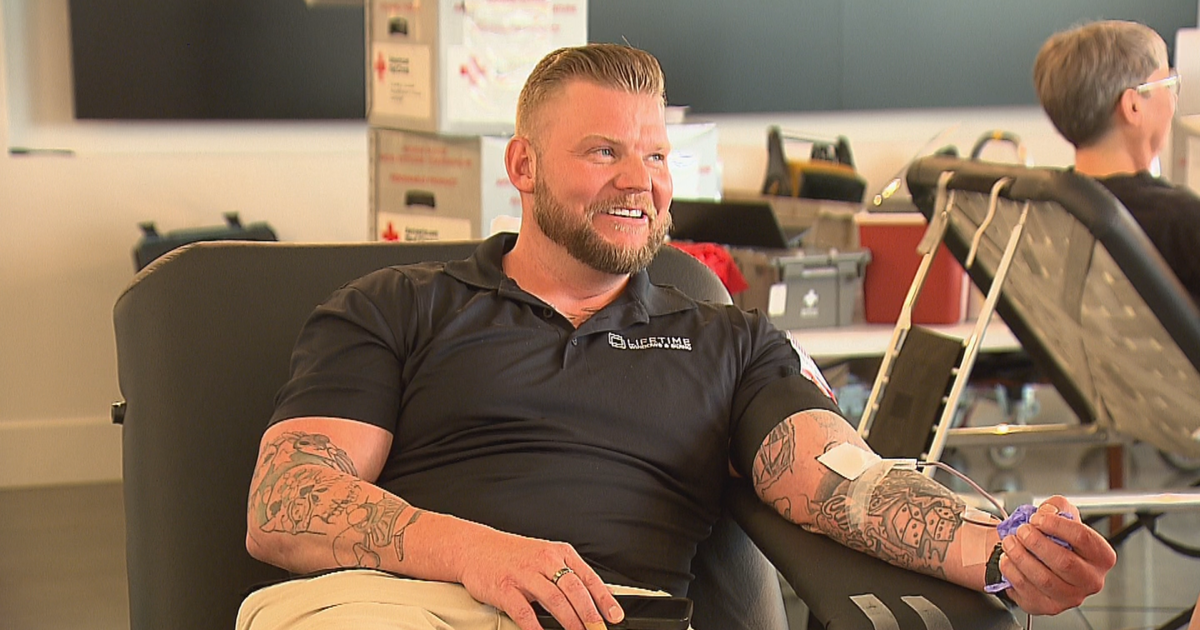Report On Flooding Turns Into Carbon Monoxide Rescue
Editor's note: Reporter Matt Kroschel was on assignment covering flooding as this rescue unfolded.
RED CLIFF, Colo. (CBS4) - They call it the silent killer. Covering news for more than a decade, I've done countless stories on the devastating impacts of carbon monoxide poisoning, until Monday afternoon, I had never seen what it can do up close.
It was an hour before our live broadcast, covering flooding impacts in the small mountain community as Turkey Creek left its banks and tore through parts of town.
Our crew had surveyed the waters damage interviewed residents that were trying to add more sandbags and we're finishing putting our story together for broadcast.
That's when there was a knock on my window inside the news car.
"I may need you to call 911" a gentleman out of breath told me.
He ran back inside one of the homes that was flooding. I waited.
Then he ran back out and said to call. I called.
The dispatcher was very helpful. It was hard to hear over the powerful gas-powered generator running outside the house.
My heart sank. That generator has been running since we arrived a couple hours ago.
Carbon monoxide?
I told the dispatcher my concern with that possibility. She advised to get everyone out of the house.
About the same time a couple of guys passed by on ATVs we asked them for help. Headed into the back bedroom of the home, through the flooded first floor. The man was laying in a bed. He was conscious but couldn't really speak and was confused, he had thrown up.
The dispatcher had told me to get everyone out of the house, firefighters and paramedics were on the way but it's a long winding road up to the small town.
We used an old blanket to make a stretcher and carried the man out of the home. Once on the flooded grass outside a local woman, who is a nurse and had been alerted to the situation unfolding (it's a small town, news travels very fast) offered to help. Another stranger joined her with small containers of pure oxygen (the kind you see in local gas stations.) We gave the man some.
Sirens. Firefighters began giving the man first aid, they entered the house and their CO alarms began sounding. They ordered no one else to go back inside.
It was carbon monoxide.
The man was taken away to a local hospital. At last check he was still recovering.
His family tells me he had been up all night moving sand bags, furniture and trying to prepare for more flooding. That's why he had went in to take a nap. No one had realized the generator running the water pumps was slowly seeping the dangerous gas into the house.
It was an excellent example of people working together to help a stranger. It was also a wake up call for all of us. Who knows how much longer it would have taken to turn this life saved into yet another tragic carbon monoxide death.
Each year in the US, at least 430 people die from accidental CO poisoning. Approximately 50,000 people in the U.S. visit the emergency department each year due to accidental CO poisoning.
According to the CDC There are steps you can take to help protect yourself and your household from CO poisoning.
CO is found in fumes produced by furnaces, kerosene heaters, vehicles "warmed up" in garages, stoves, lanterns, and gas ranges, portable generators, or by burning charcoal and wood. CO from these sources can build up in enclosed or partially enclosed spaces. People and animals in these spaces can be poisoned and can die from breathing CO.
How to Recognize CO Poisoning
The most common symptoms of CO poisoning are headache, dizziness, weakness, nausea, vomiting, chest pain, and confusion. People who are sleeping or who have been drinking alcohol can die from CO poisoning before ever having symptoms.






